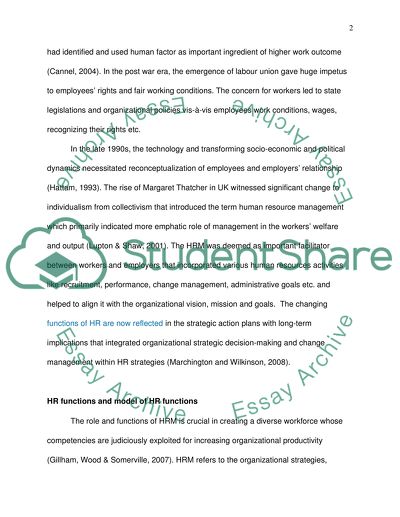Cite this document
(“Human Resource Management in Context Essay Example | Topics and Well Written Essays - 2500 words”, n.d.)
Human Resource Management in Context Essay Example | Topics and Well Written Essays - 2500 words. Retrieved from https://studentshare.org/human-resources/1649938-human-resource-management-in-context
Human Resource Management in Context Essay Example | Topics and Well Written Essays - 2500 words. Retrieved from https://studentshare.org/human-resources/1649938-human-resource-management-in-context
(Human Resource Management in Context Essay Example | Topics and Well Written Essays - 2500 Words)
Human Resource Management in Context Essay Example | Topics and Well Written Essays - 2500 Words. https://studentshare.org/human-resources/1649938-human-resource-management-in-context.
Human Resource Management in Context Essay Example | Topics and Well Written Essays - 2500 Words. https://studentshare.org/human-resources/1649938-human-resource-management-in-context.
“Human Resource Management in Context Essay Example | Topics and Well Written Essays - 2500 Words”, n.d. https://studentshare.org/human-resources/1649938-human-resource-management-in-context.


